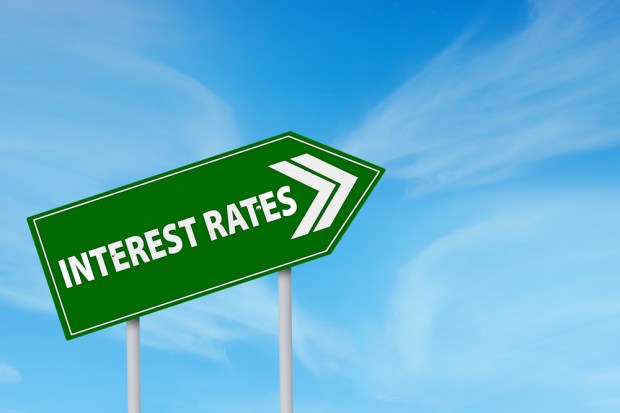The Fed And Interest Rate Hike Tipping Point?

In the midst of headlines tied to the Trump administration, from immigration and on down to any number of staffing changes, at the top on down, a few things are going to linger, rippling to impact the way corporations and consumers interact.
The big lever here? Interest rates. The Fed is incrementally inching toward rate hikes amid an economy that is growing indisputably and may have legs, as they say.
The White House, of course, is due to present an economic stimulus proposal. Some recent data, from the big-picture salvos of consumer prices and manufacturing down to pops in stocks like Walmart (and some sanguine retail results), shows that growth is rooted, if not blooming.
All of this means that the Fed might raise rates soon and could so at its next meeting in March. The tricky part is the eternal tightrope walk between economic growth observed and then reacted to, with rate hikes, too late.
On the other hand, boost rates too quickly, and the impacts are manifested across drops in the stock market, in the bond market (where yields are less attractive) and, by extension, with consumer spending, as people feel less wealthy.
As for President Trump, what happens when the plans are finally debuted? The implication will be most likely further economic growth in the cards, as the new administration attempts to grab onto the 4 percent growth in annual GDP, a brass ring, to be sure. But would a 4 percent growth rate push the Fed to bring rates ever higher amid worries about inflation? The answer would be yes.
Now the stage is set, and Fed chairwoman Janet Yellen said earlier this month in her semiannual report to the Senate Banking Committee that it would be nothing short of “unwise” to keep waiting for rate hikes. The Fed itself is unclear on whether Trump administration policies would spur growth and/or inflation. Might continued earnings reports, a stock market rally that keeps going and positive data points from the economy settle that debate in favor of rate hikes in the “here and now” rather than the “wait and see?”
